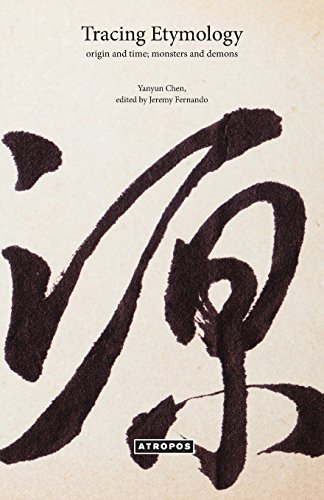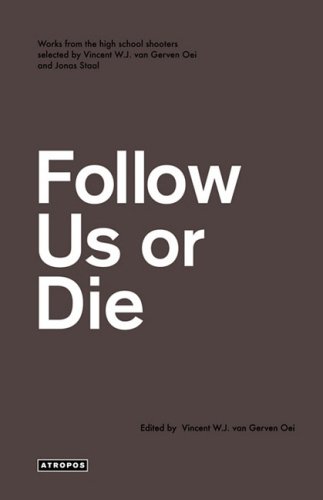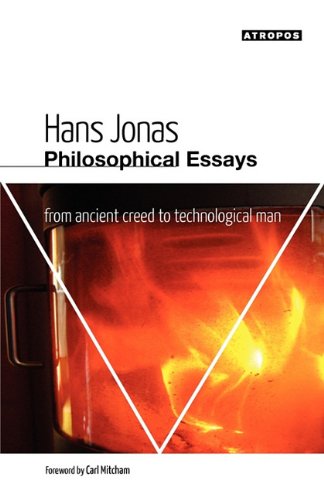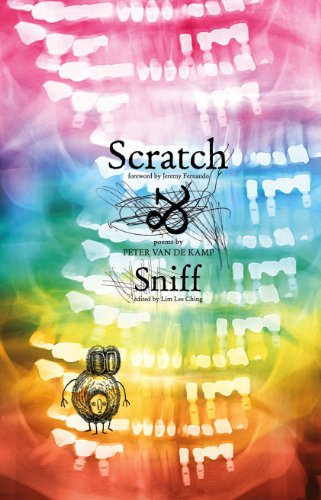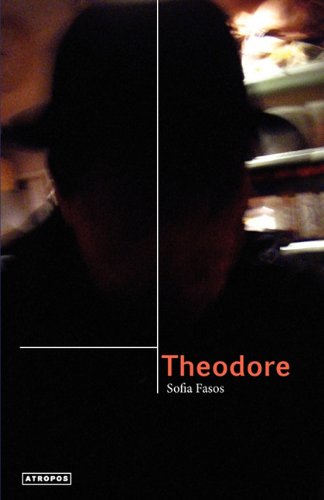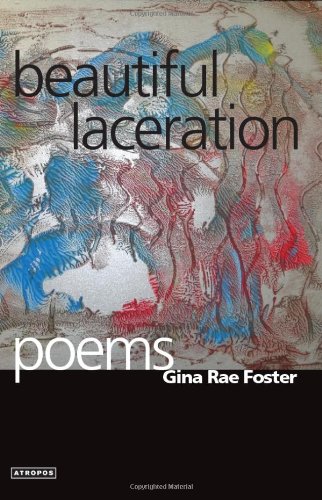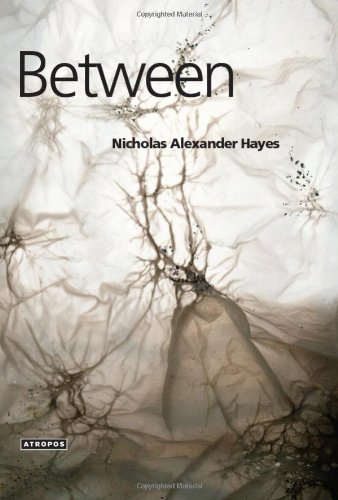Dawan Stanford (Author), Wolfgang Schirmacher (Editor)
The Novel Imagery: Aesthetic Response as Feral Laboratory
Paperback – 20 Feb 2009 | 188 pages | ISBN-10: 0981946291 | ISBN-13: 978-0981946290
The Novel Imagery: Aesthetic Response as Feral Laboratory slowly builds and shapes a theory of reading and how readers participate in meaning creation. From the fundamental ontological and functional connections between author, text and reader, The Novel Imagery develops an original way of seeing the reader's role in the novel as deeply creative and thoroughly connected to the reader's way of being. When complete, the feral laboratory at the heart of this model and theory suggests a way of exploring a literary work for the creative potential it makes possible in the reader. Beyond literature, The Novel Imagery sets out a theory revealing new ways to understand traditional media and presents tools for evaluating new media. The Novel Imagery unfurls an intricate design that simultaneously reinforces the author or artist as creative initiator and reveals readers' meaning creation as powerful and prolific. Dawan Stanford, J.D., Ph.D., is a writer, visual thinker, lawyer, teacher, entrepreneur, and itinerant bibliophile. “The Novel Imagery: Aesthetic Response as Feral Laboratory slowly builds and shapes a theory of reading and how readers participate in meaning creation. From the fundamental ontological and functional connections between author, text and reader, The Novel Imagery develops an original way of seeing the reader’s role in the novel as deeply creative and thoroughly connected to the reader’s way of being. When complete, the feral laboratory at the heart of this model and theory suggests a way of exploring a literary work for the creative potential it makes possible in the reader. Beyond literature, The Novel Imagery sets out a theory revealing new ways to understand traditional media and presents tools for evaluating new media. The Novel Imagery unfurls an intricate design that simultaneously reinforces the author or artist as creative initiator and reveals readers’ meaning creation as powerful and prolific. The Novel Imagery provides students with a solid introduction to reader response theory, techniques in comparative literature, and media theory development and presentation. For teachers, artists, and others, The Novel Imagery offers an original theory that reaches beyond the role of the reader and aesthetic response and becomes a theory of art inviting further experimentation.”


